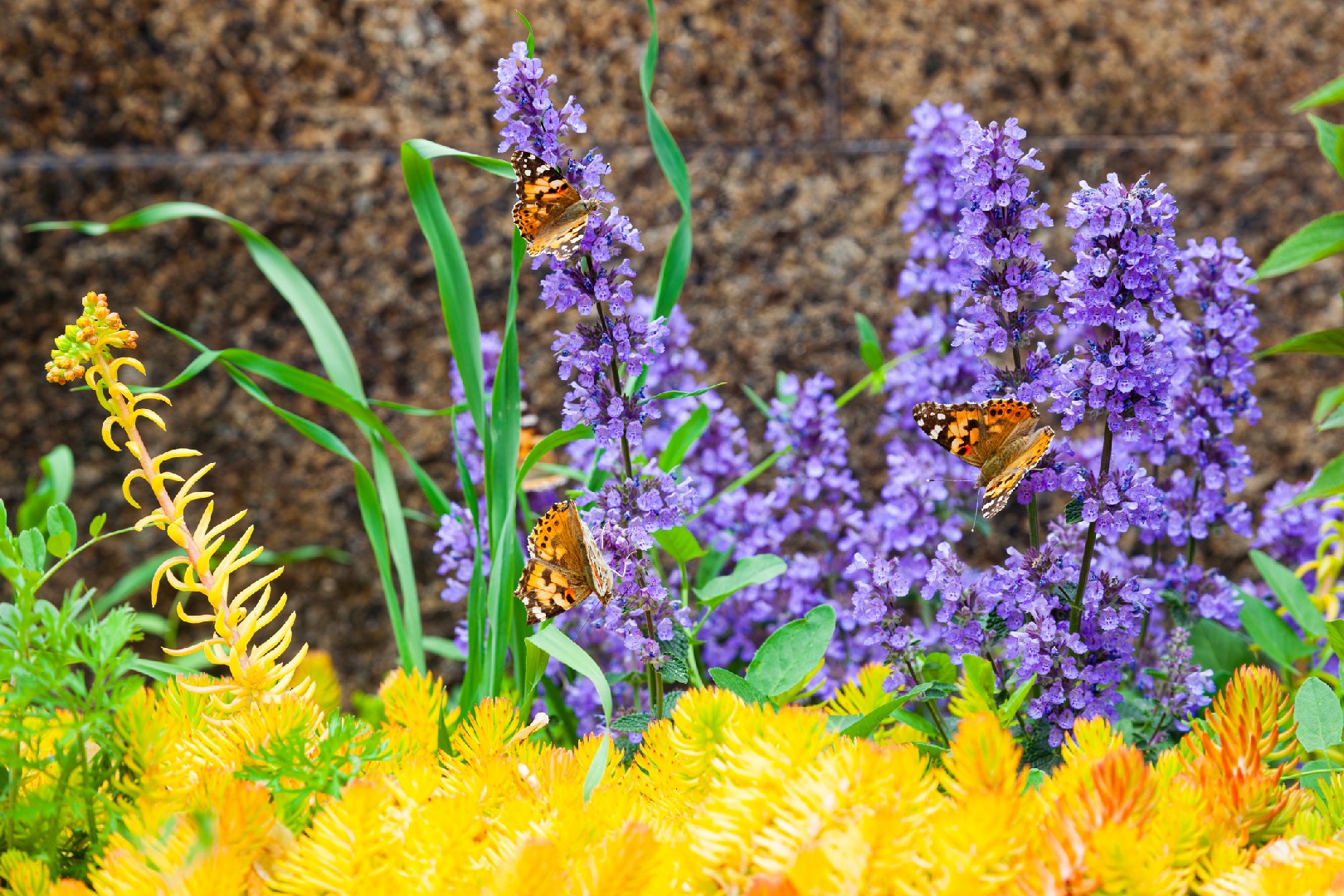![Rectangle]()
Understanding the Importance of Pollinators
Pollinators play a crucial role in maintaining the health and stability of ecosystems. They are the unsung heroes that ensure the reproduction of plants, including many of the fruits, vegetables, and nuts that we rely on for sustenance. In fact, roughly 75% of the world's flowering plants and at least 30% of the world's food crops depend on pollinators, such as bees, butterflies, birds, bats, and even some insects.
Pollinators facilitate the transfer of pollen from the male parts of a flower to the female parts, allowing fertilization and subsequent fruit or seed production. This process is essential for the survival and diversity of plant species. Without pollinators, many plants would be unable to reproduce, leading to a decline in biodiversity and the loss of ecological balance.
The importance of pollinators extends beyond the natural world. Our livelihoods and the global economy are intricately tied to their well-being. The agricultural sector heavily relies on pollinators for crop production, with estimates suggesting that pollinators contribute to around $235-577 billion worth of agricultural output globally each year. Without them, we would not have an abundant food supply and would struggle to meet the nutritional needs of a growing population.
Despite their immense value, pollinators are currently facing numerous threats, leading to a decline in their populations on a global scale. Factors such as habitat loss, pesticide use, climate change, and diseases have all contributed to this decline. The urgency to address these threats and create pollinator-friendly spaces has never been greater.
One way to support pollinators is by designing gardens that provide them with the food, shelter, and nesting sites they need. When planning a pollinator-friendly garden, it is important to choose a variety of flowering plants that bloom at different times throughout the year. This ensures a consistent food source for pollinators and extends their foraging season. Native perennials and annuals are particularly beneficial as they have evolved alongside local pollinators and are well-suited to their needs.
In addition to plant selection, it is crucial to minimize or eliminate the use of pesticides in your garden. Pesticides can be harmful to pollinators and other beneficial insects. Instead, opt for natural pest control methods like attracting pest-eating birds and beneficial insects or using organic, non-toxic pest control products.
Creating a water source, such as a shallow birdbath or a small pond, can also attract pollinators, as they need water for various activities. Providing shelter is equally important, as many pollinators require safe places to rest, overwinter, or nest. This can be achieved by incorporating features like bee hotels, butterfly houses, or leaving patches of bare ground for ground-nesting bees.
By understanding the importance of pollinators and taking necessary actions to create pollinator-friendly spaces, we can not only protect these invaluable creatures but also ensure a thriving and sustainable ecosystem for future generations.





